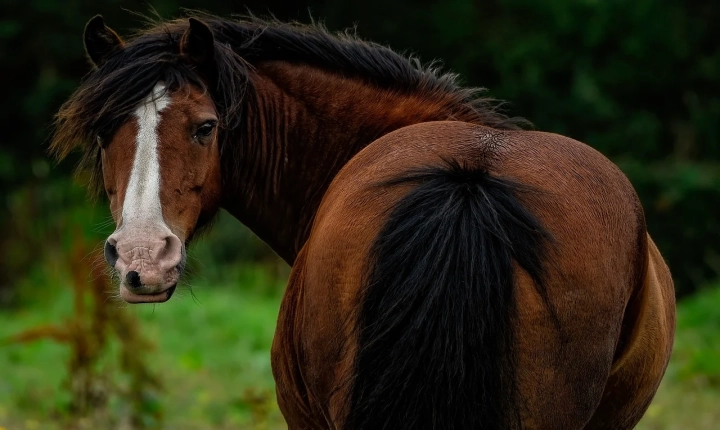Title: How to Draw a Galaxy Digital in Adobe Illustrator
Creating a digital representation of a galaxy can be a mesmerizing and fulfilling experience. With the right tools and techniques, you can easily create a stunning galaxy illustration using Adobe Illustrator. In this article, we will discuss the step-by-step process of drawing a galaxy digitally in Illustrator, allowing you to unleash your creativity and produce a captivating piece of art.
Step 1: Setting Up the Document
Open Adobe Illustrator and create a new document. Select the dimensions and resolution that suit your preferences. Consider working with a larger canvas to have more room for detail and flexibility.
Step 2: Background
Choose a dark color for the background, such as deep blue or black. Utilize the Rectangle Tool (M) to create a background shape that covers the entire canvas.
Step 3: Creating the Stars
Select the Ellipse Tool (L) and create small, random circles throughout the canvas to represent stars within the galaxy. Vary the size and opacity of the circles to mimic the appearance of stars at different distances.
Step 4: Drawing the Nebula
The nebula is a crucial element in the galaxy illustration. Begin by creating a new layer. Use the Pen Tool (P) to draw organic shapes and swirls of different colors to form the nebula. Experiment with various shades of purples, pinks, blues, and yellows to achieve an otherworldly effect.
Step 5: Adding Texture
To add depth and texture to the nebula, consider using the Blob Brush Tool (Shift + B) to paint streaks of color within the shapes.
Step 6: Adjusting Blending Modes
Experiment with blending modes such as Color Dodge, Screen, and Overlay to create luminous and ethereal effects within the nebula. This will contribute to the illusion of depth and dimensionality.
Step 7: Utilize the Opacity Mask
Create an Opacity Mask to further refine the appearance of the nebula. Use black and white gradients to control the visibility of certain areas, creating a more subtle and natural transition of colors within the nebula.
Step 8: Incorporating Details
Introduce subtle details such as dust and gas clouds using the Ellipse Tool and then applying the Gaussian Blur effect to soften the edges and create a more realistic appearance.
Step 9: Final Touches
Fine-tune the colors, shapes, and overall composition as necessary. Consider adding additional elements such as planets or distant galaxies to complete the scene.
By following these steps and experimenting with different techniques, you can create a stunning and captivating digital representation of a galaxy in Adobe Illustrator. Remember that practice and experimentation are key to developing your own unique style and mastering the art of digital illustration. So, unleash your creativity and embark on an enchanting journey through the cosmos within the digital realm.
